| View previous topic :: View next topic |
| Author |
Message |
SonicScot


Joined: 01 Dec 2011
Posts: 2697
Location: Scottish Highlands
|
 Posted: Sun Mar 27, 2016 1:44 pm Post subject: Posted: Sun Mar 27, 2016 1:44 pm Post subject: |
 |
|
SonicScot wrote:
Ok, so I changed some settings and now, when using continuous shooting, the EV only blacks out after the first frame. After that, it stays lit for all other shots. A big improvement 
_________________
Gary
Currently active gear....
Sony a7
E-M1 Mkll
Rubinar 1000/10 + 2x matched extender
Tamron 500/8 55BB
Sigma 100-300/4
Vivitar Series 1.... 200/3, 70-210/3.5 (V1 by Kiron), 135/2.3, 105/2.5 macro, 90/2.5 macro (Bokina), 90-180/4.5 Flat Field Macro, 28-90mm f/2.8-3.5
Carl Zeiss.... 180/2.8, 135/3.5, 85/1.4, 35/2.4 Flektagon, 21/2.8 Distagon
Nikon.... 55/3.5 micro, 50/1.2
Elicar 90/2.5 V-HQ Macro
Zhongyi Speedmaster 85/1.2
Jupiter-9 85/2
Helios.... 58/2 44-3
Hartblei 45/3.5 Super-Rotator TS-PC
Zenitar 16/2.8 fisheye
Samyang 8/3.5 fisheye
Nodal Ninja 4, Neewer leveling tripod base
Flickr http://www.flickr.com/photos/gazsus/ Website http://garianphotography.co.uk/ |
|
| Back to top |
|
 |
Koen Nhz


Joined: 07 Jul 2011
Posts: 84
Location: Antwerp, Belgium
|
 Posted: Mon Mar 28, 2016 2:35 pm Post subject: Posted: Mon Mar 28, 2016 2:35 pm Post subject: |
 |
|
Koen Nhz wrote:
Very nice images, especially #4!
It's impressive that you can follow the birds during their flight and keep them in focus, for such fast moving subjects with a longer lens I usually just try to focus on one point and then try to catch the subject when it's at the right place inside the dof, but of course that's not very usable if the subject makes random movements.
About the EVF blackouts and your solution: are you sure you are not just seeing the last picture you took in the viewfinder for a split second instead of the live view, I thought I read that somewhere but can't find it anymore?
And if so, could you perhaps share this setting here, I haven't found that jet, it's a great camera, but the menus are such a mess..
_________________
Sony α7, 28-70 | Minolta Rokkor 58 1.2 | CZ 35 2.8, 50 1.7, 135 2.8 | Canon 40D, nFD 20 2.8, 70-210 4, 300 4 L, FD SSC: 24 2.8, 35 2.8 TS, 50 3.5 Macro, 55 1.2 ASPH, 100 2.8, 80-200 4, 200 2.8, 500 8 Reflex | Vivitar S1 90 2.5 | Nikkor 105 1.8 | Takumar 50 1.4, 55 1.8, 135 2.5 & 3.5 | Tair 300 4.5 | ... |
|
| Back to top |
|
 |
SonicScot


Joined: 01 Dec 2011
Posts: 2697
Location: Scottish Highlands
|
 Posted: Mon Mar 28, 2016 5:22 pm Post subject: Posted: Mon Mar 28, 2016 5:22 pm Post subject: |
 |
|
SonicScot wrote:
| Koen Nhz wrote: |
Very nice images, especially #4!
It's impressive that you can follow the birds during their flight and keep them in focus, for such fast moving subjects with a longer lens I usually just try to focus on one point and then try to catch the subject when it's at the right place inside the dof, but of course that's not very usable if the subject makes random movements.
About the EVF blackouts and your solution: are you sure you are not just seeing the last picture you took in the viewfinder for a split second instead of the live view, I thought I read that somewhere but can't find it anymore?
And if so, could you perhaps share this setting here, I haven't found that jet, it's a great camera, but the menus are such a mess.. |
Thanks 
I've tried pre-focussing on a spot and waiting for the bird to come into range but the unpredictable flight path can often ruin my plan. I rely mostly on muscle memory, knowing how far to turn the focus ring to cover a distance of 5-10m, for example (distance depends on the type of bird).
With an optical viewfinder I can see when a bird is about to come into focus, I'll start shooting and focussing at the same time until the bird heads out of range. I usually only fire off 3 or 4 frames at a time, if I haven't got at least one in focus I've done something wrong.
An electronic viewfinder is more difficult for me, maybe it will improve with use but I've only had the a7 for a few weeks. I see a black 'flash' in the EV after the first frame, after that I have an uninterrupted view. I find it harder to see if the bird is in focus with the EV, I don't use focus peaking because it's not quick enough for moving subjects (especially falcons). So if I use the a7 I mostly use my experience to get results.
I use one of the Memory Recall options on the mode dial for falconry, the important settings, at least for me, are as follows:
RAW
Speed priority continuous
No red eye reduction/face or smile detection/noise reduction/AF illumination/DRO/HDR
Creative Style; neutral
Auto slow shutter; off
All audio stuff turned off
Zebra; off
Grid line; off
Auto review; off
Peaking; off
AF w/shutter; off
AEL w/shutter; on (I've not tried turning that off yet, maybe that will change)
e-front curtain shut. off
That's about it, all saved to MR1. Basically, all auto or movie options off. It's very similar to settings in my 7D. I don't want the camera to do anything that doesn't benefit manual focus or frame rate.
I'd welcome any suggestions from others who know the a7 better than me but this is the best set-up I have found so far.
_________________
Gary
Currently active gear....
Sony a7
E-M1 Mkll
Rubinar 1000/10 + 2x matched extender
Tamron 500/8 55BB
Sigma 100-300/4
Vivitar Series 1.... 200/3, 70-210/3.5 (V1 by Kiron), 135/2.3, 105/2.5 macro, 90/2.5 macro (Bokina), 90-180/4.5 Flat Field Macro, 28-90mm f/2.8-3.5
Carl Zeiss.... 180/2.8, 135/3.5, 85/1.4, 35/2.4 Flektagon, 21/2.8 Distagon
Nikon.... 55/3.5 micro, 50/1.2
Elicar 90/2.5 V-HQ Macro
Zhongyi Speedmaster 85/1.2
Jupiter-9 85/2
Helios.... 58/2 44-3
Hartblei 45/3.5 Super-Rotator TS-PC
Zenitar 16/2.8 fisheye
Samyang 8/3.5 fisheye
Nodal Ninja 4, Neewer leveling tripod base
Flickr http://www.flickr.com/photos/gazsus/ Website http://garianphotography.co.uk/ |
|
| Back to top |
|
 |
Koen Nhz


Joined: 07 Jul 2011
Posts: 84
Location: Antwerp, Belgium
|
 Posted: Wed Mar 30, 2016 1:57 pm Post subject: Posted: Wed Mar 30, 2016 1:57 pm Post subject: |
 |
|
Koen Nhz wrote:
Thanks for your explanation!
Muscle memory is great, you need to be really 'one' with your gear 
_________________
Sony α7, 28-70 | Minolta Rokkor 58 1.2 | CZ 35 2.8, 50 1.7, 135 2.8 | Canon 40D, nFD 20 2.8, 70-210 4, 300 4 L, FD SSC: 24 2.8, 35 2.8 TS, 50 3.5 Macro, 55 1.2 ASPH, 100 2.8, 80-200 4, 200 2.8, 500 8 Reflex | Vivitar S1 90 2.5 | Nikkor 105 1.8 | Takumar 50 1.4, 55 1.8, 135 2.5 & 3.5 | Tair 300 4.5 | ... |
|
| Back to top |
|
 |
SonicScot


Joined: 01 Dec 2011
Posts: 2697
Location: Scottish Highlands
|
 Posted: Wed Mar 30, 2016 5:10 pm Post subject: Posted: Wed Mar 30, 2016 5:10 pm Post subject: |
 |
|
SonicScot wrote:
Muscle memory is very important, on Monday I took the same 135/2.3 lens back to the falconry but this time on the Canon 7D.
Here are a couple of 'runs' of 4 frames, both times I was focusing as the birds approached me. Without the muscle memory, this wouldn't be possible really.
#1
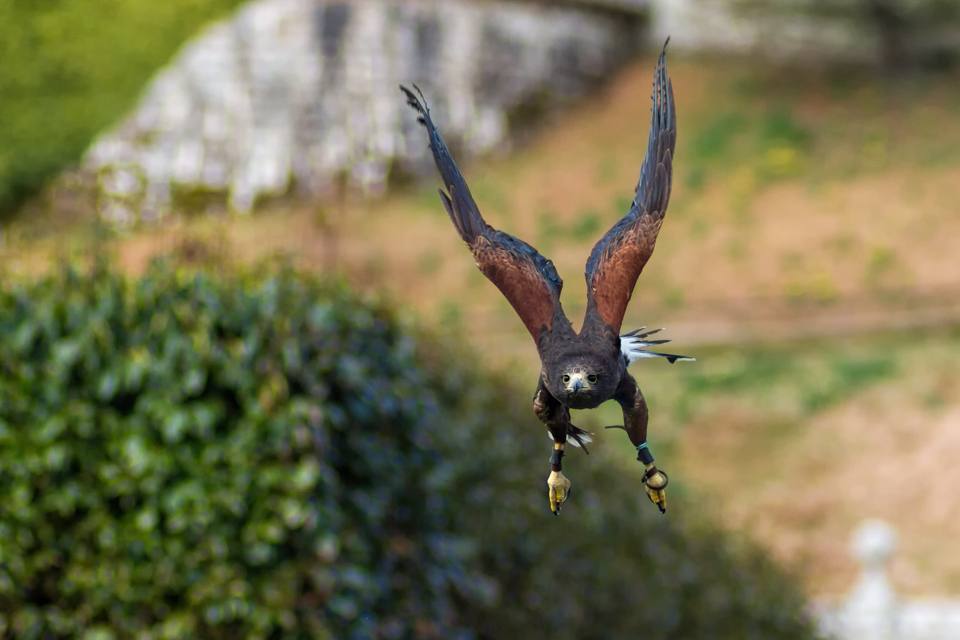
#2
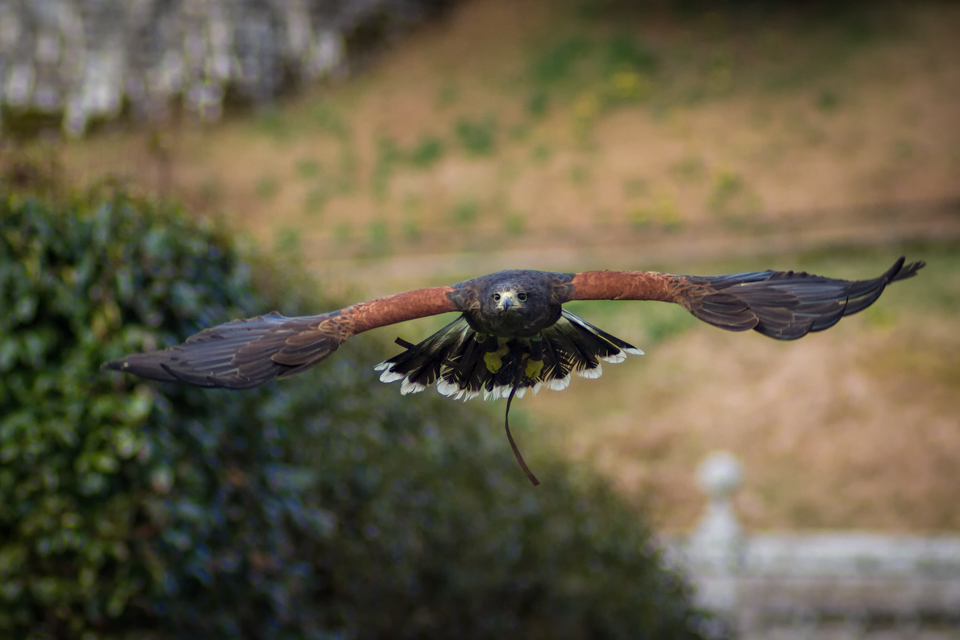
#3
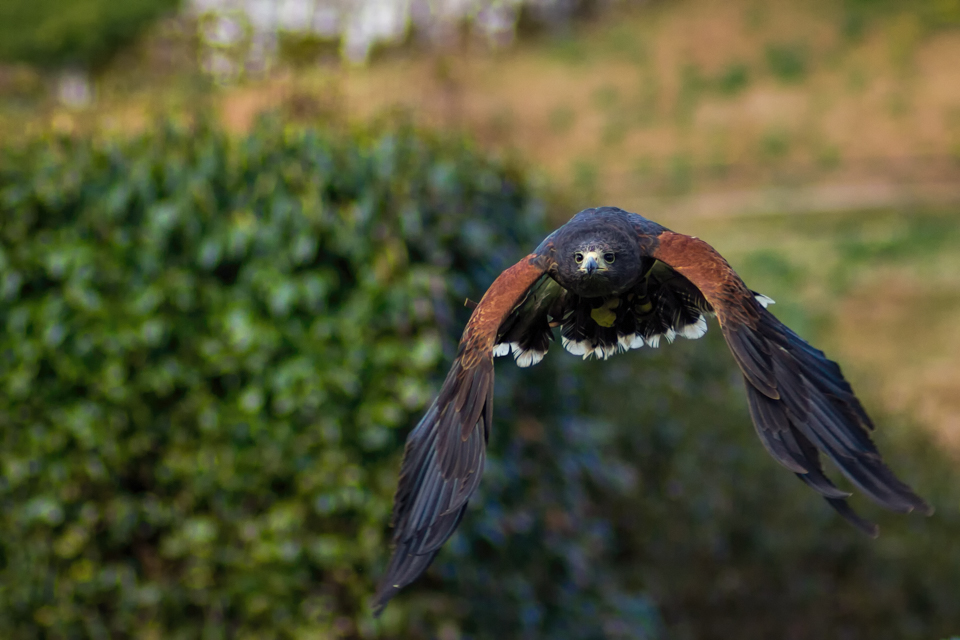
#4
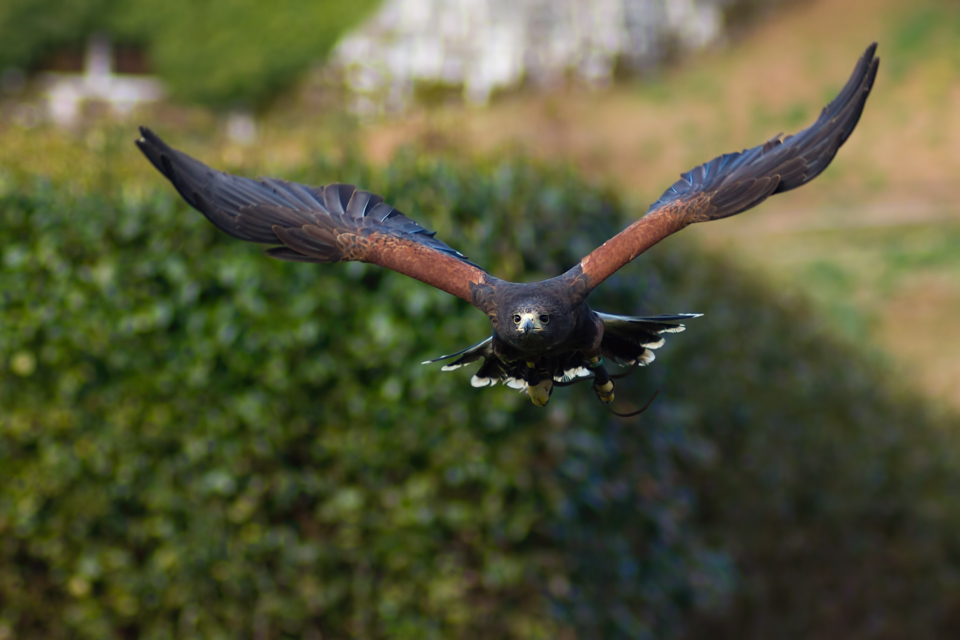
I think 3 and 4 uploaded in the wrong order, above.
#1
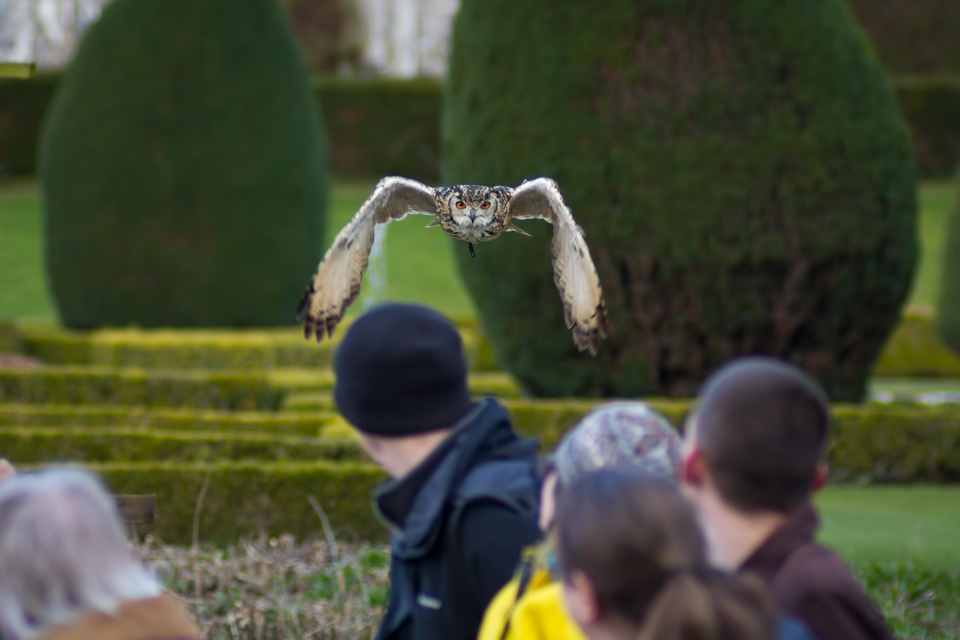
#2
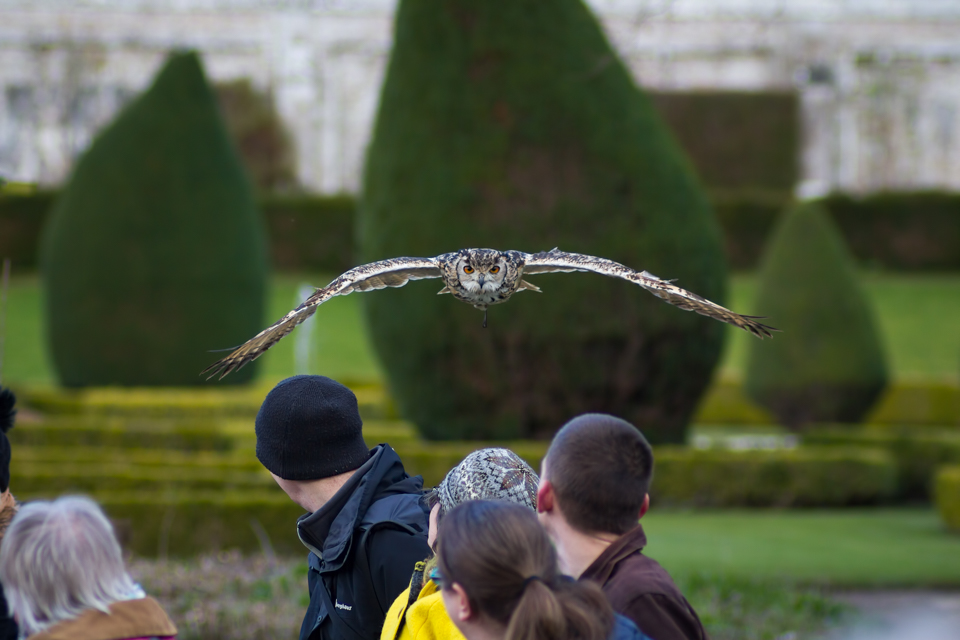
#3
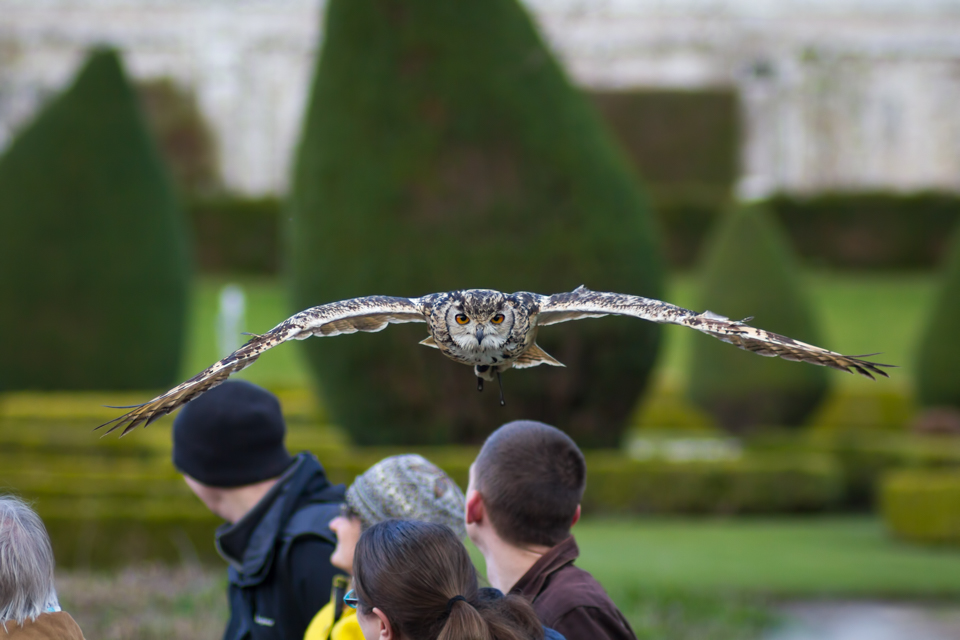
#4
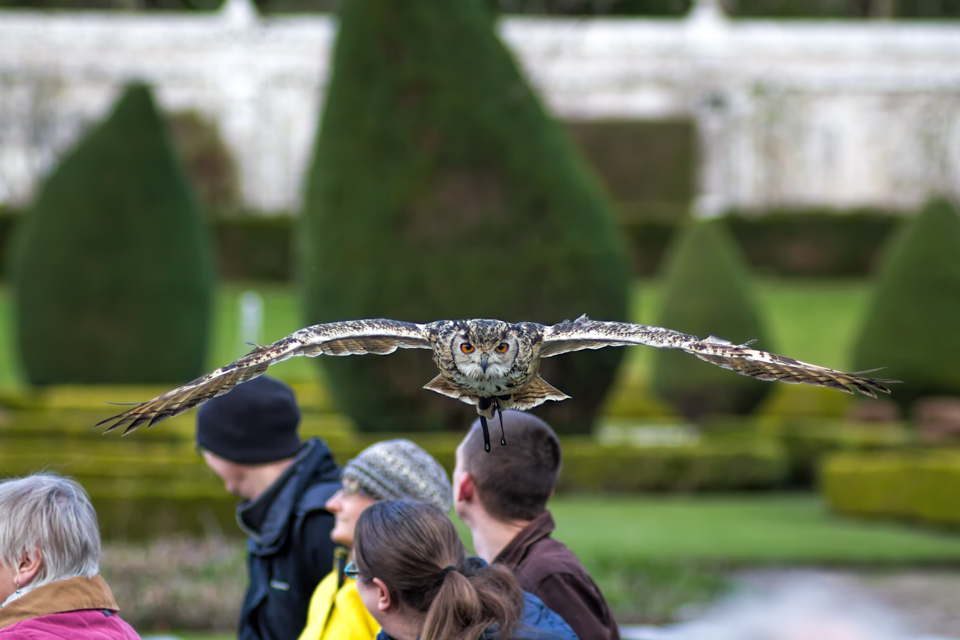
_________________
Gary
Currently active gear....
Sony a7
E-M1 Mkll
Rubinar 1000/10 + 2x matched extender
Tamron 500/8 55BB
Sigma 100-300/4
Vivitar Series 1.... 200/3, 70-210/3.5 (V1 by Kiron), 135/2.3, 105/2.5 macro, 90/2.5 macro (Bokina), 90-180/4.5 Flat Field Macro, 28-90mm f/2.8-3.5
Carl Zeiss.... 180/2.8, 135/3.5, 85/1.4, 35/2.4 Flektagon, 21/2.8 Distagon
Nikon.... 55/3.5 micro, 50/1.2
Elicar 90/2.5 V-HQ Macro
Zhongyi Speedmaster 85/1.2
Jupiter-9 85/2
Helios.... 58/2 44-3
Hartblei 45/3.5 Super-Rotator TS-PC
Zenitar 16/2.8 fisheye
Samyang 8/3.5 fisheye
Nodal Ninja 4, Neewer leveling tripod base
Flickr http://www.flickr.com/photos/gazsus/ Website http://garianphotography.co.uk/ |
|
| Back to top |
|
 |
fwcetus


Joined: 12 Jun 2015
Posts: 303
Location: New England
|
 Posted: Wed Mar 30, 2016 11:52 pm Post subject: Posted: Wed Mar 30, 2016 11:52 pm Post subject: |
 |
|
fwcetus wrote:
| SonicScot wrote: |
Muscle memory is very important, on Monday I took the same 135/2.3 lens back to the falconry but this time on the Canon 7D.
Here are a couple of 'runs' of 4 frames, both times I was focusing as the birds approached me. Without the muscle memory, this wouldn't be possible really. |
SUPERB focusing, Gary !!! 
_________________
Fred
If you saw a fellow drowning, and you could either save him or photograph the event . . . What lens would you use ? |
|
| Back to top |
|
 |
Koen Nhz


Joined: 07 Jul 2011
Posts: 84
Location: Antwerp, Belgium
|
 Posted: Thu Mar 31, 2016 12:51 am Post subject: Posted: Thu Mar 31, 2016 12:51 am Post subject: |
 |
|
Koen Nhz wrote:
Wow, that is very impressive! I Don't believe AF could do it this well?!
The pictures are great, not even considering the focus skills needed, but on purely the lens side, I like the way it rendered the background of the second scene more than the first.
Edit: perhaps my preference is also about the bird, that one always seems to be aiming right for you(r lens) 
_________________
Sony α7, 28-70 | Minolta Rokkor 58 1.2 | CZ 35 2.8, 50 1.7, 135 2.8 | Canon 40D, nFD 20 2.8, 70-210 4, 300 4 L, FD SSC: 24 2.8, 35 2.8 TS, 50 3.5 Macro, 55 1.2 ASPH, 100 2.8, 80-200 4, 200 2.8, 500 8 Reflex | Vivitar S1 90 2.5 | Nikkor 105 1.8 | Takumar 50 1.4, 55 1.8, 135 2.5 & 3.5 | Tair 300 4.5 | ... |
|
| Back to top |
|
 |
SonicScot


Joined: 01 Dec 2011
Posts: 2697
Location: Scottish Highlands
|
 Posted: Thu Mar 31, 2016 12:10 pm Post subject: Posted: Thu Mar 31, 2016 12:10 pm Post subject: |
 |
|
SonicScot wrote:
Thanks.
In my experience, AF cannot keep up like this. I've borrowed a Canon 70-200/2.8L, used it on both the 7D and 5D Mkll, and on both cameras I really struggled. The 7D is designed with sports in mind so I expected it to be ok at this but the AF just isn't good enough. I tried single point AF and zone AF, the latter was better but both were poor really.
By the time the camera has achieved focus, told you with some indication in-camera, then you react by hitting the button, the bird has already left the focus area long behind. Manual focus rules 
With mf I suppose there's an element of prediction going on, I don't consciously focus ahead of the birds but I think that's what I'm doing.
In the second set, with the owl, the background is further away than in the first set with the hawk.
An owl's eyes are tubes, not balls like ours, so they don't move at all. Once they lock onto the subject (in this case, me) they stay locked. This is why they are able to turn their heads 270 degrees, otherwise their range of vision would be very limited. Their vision is way, way better than ours, except close up (they sacrifice close up for distance and low-light performance).
Add to that the owl's incredible hearing and you realise that owls are the James Bond of the falconry world.
An owl's ears are asymmetrical, they can hear a mouse in grass from 50m away and they can tell not only how far away it is but also what height it is. They will land in a tree 3-4m above the mouse and the mouse will freeze. The mouse will start to panic (because owls are scary) and its heartbeat will increase, the owl can hear this  the mouse is now as good as dead. the mouse is now as good as dead.
Nature is scary 
_________________
Gary
Currently active gear....
Sony a7
E-M1 Mkll
Rubinar 1000/10 + 2x matched extender
Tamron 500/8 55BB
Sigma 100-300/4
Vivitar Series 1.... 200/3, 70-210/3.5 (V1 by Kiron), 135/2.3, 105/2.5 macro, 90/2.5 macro (Bokina), 90-180/4.5 Flat Field Macro, 28-90mm f/2.8-3.5
Carl Zeiss.... 180/2.8, 135/3.5, 85/1.4, 35/2.4 Flektagon, 21/2.8 Distagon
Nikon.... 55/3.5 micro, 50/1.2
Elicar 90/2.5 V-HQ Macro
Zhongyi Speedmaster 85/1.2
Jupiter-9 85/2
Helios.... 58/2 44-3
Hartblei 45/3.5 Super-Rotator TS-PC
Zenitar 16/2.8 fisheye
Samyang 8/3.5 fisheye
Nodal Ninja 4, Neewer leveling tripod base
Flickr http://www.flickr.com/photos/gazsus/ Website http://garianphotography.co.uk/ |
|
| Back to top |
|
 |
mfkid


Joined: 23 Jul 2015
Posts: 53
Location: Florida USA
|
 Posted: Thu Mar 31, 2016 9:40 pm Post subject: Posted: Thu Mar 31, 2016 9:40 pm Post subject: |
 |
|
mfkid wrote:
Outstanding photos !  |
|
| Back to top |
|
 |
SonicScot


Joined: 01 Dec 2011
Posts: 2697
Location: Scottish Highlands
|
 Posted: Sat Apr 02, 2016 12:48 am Post subject: Posted: Sat Apr 02, 2016 12:48 am Post subject: |
 |
|
SonicScot wrote:
@ mfkid, thank you.
_________________
Gary
Currently active gear....
Sony a7
E-M1 Mkll
Rubinar 1000/10 + 2x matched extender
Tamron 500/8 55BB
Sigma 100-300/4
Vivitar Series 1.... 200/3, 70-210/3.5 (V1 by Kiron), 135/2.3, 105/2.5 macro, 90/2.5 macro (Bokina), 90-180/4.5 Flat Field Macro, 28-90mm f/2.8-3.5
Carl Zeiss.... 180/2.8, 135/3.5, 85/1.4, 35/2.4 Flektagon, 21/2.8 Distagon
Nikon.... 55/3.5 micro, 50/1.2
Elicar 90/2.5 V-HQ Macro
Zhongyi Speedmaster 85/1.2
Jupiter-9 85/2
Helios.... 58/2 44-3
Hartblei 45/3.5 Super-Rotator TS-PC
Zenitar 16/2.8 fisheye
Samyang 8/3.5 fisheye
Nodal Ninja 4, Neewer leveling tripod base
Flickr http://www.flickr.com/photos/gazsus/ Website http://garianphotography.co.uk/ |
|
| Back to top |
|
 |
|
|
|
You cannot post new topics in this forum
You cannot reply to topics in this forum
You cannot edit your posts in this forum
You cannot delete your posts in this forum
You cannot vote in polls in this forum
|
